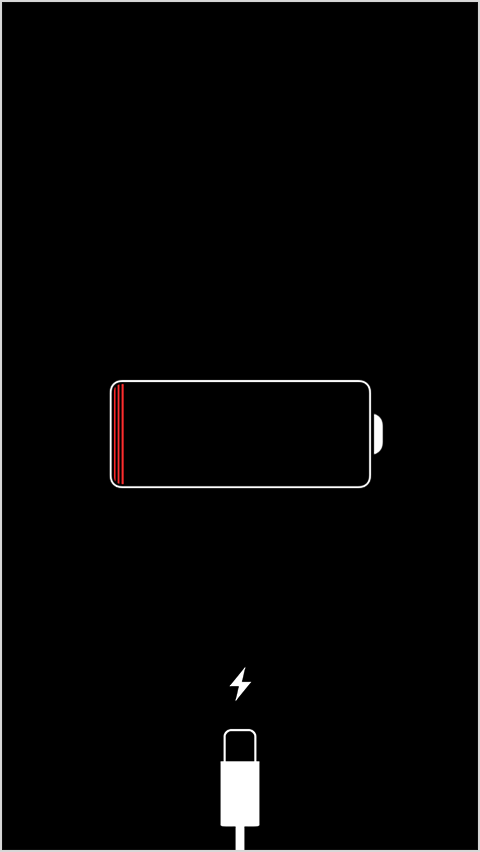Extend your battery’s lifespan with these top tips, including how often you should charge your smartphone’s battery:

Batteries do not enjoy eternal life. Most smartphone manufacturers say their devices rate their batteries at 300-500 cycles. Apple claims that its laptop batteries reach 80 percent of their original capacity after 1,000 charges. After this point batteries aren’t able to hold as much electricity and will power your device for increasingly shorter periods of time.
Here’s some tips to extend your battery’s lifespan, be that in an iPhone, Android phone, Windows phone, tablet, or laptop.
The big questions about how to re-charge a battery is whether you should let it run to zero before re-charging to 100%.
Battery memory effect is about batteries remembering remaining charge if you didn’t let them go all the way to zero too often. So a battery frequently charged from 20% to 80% might ‘forget’ about the 40% that’s left uncharged (0-20% and 80-100%), but this is only for older nickel-based (NiMH and NiCd) batteries, not the lithium-ion batteries in your phone.
Lithium-ion (Li-ion) batteries don’t suffer the memory effect so you almost need to do the opposite – charge them often but not all the way throughout the day, and don’t let them drop to zero.
The rule with Li-ion batteries is to keep them 50% or more most of the time. When it drops below 50% top it up a little if you can. A good range to aim for when charging a Li-ion battery is from about 40% to 80% in one go. Try not to let the battery drop below 20%.
Experts recommend that you do a full zero to 100% battery recharge (a “charge cycle”) maybe once a month only. This recalibrates the battery.
Most modern smartphones are clever enough to stop charging when full, so there isn’y a great risk in leaving your phone charging overnight.
Don’t leave a Li-ion battery li-ing around too long at 0%. Try to leave it at around 40-50%. These batteries drain at about 5-10% a month when not in use.









